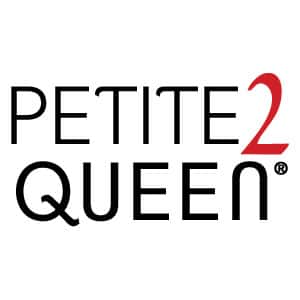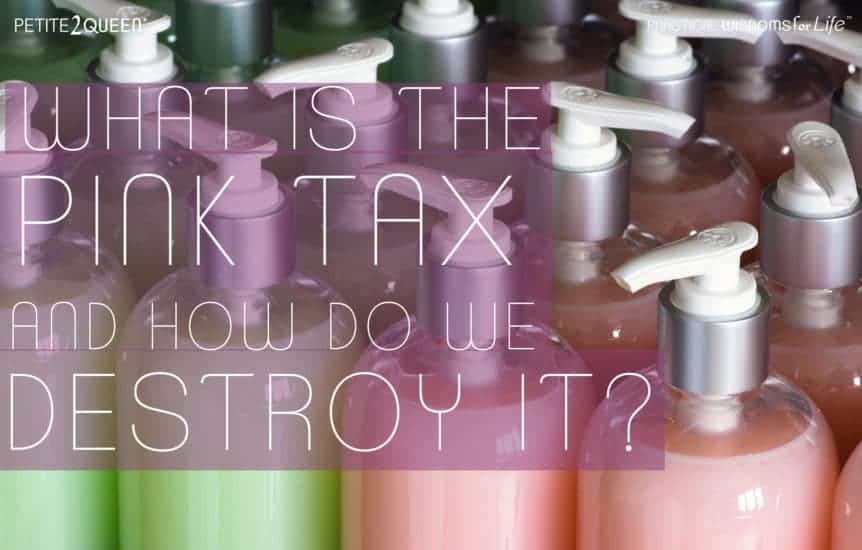In the last few years, probably all of us have heard of the pink tax. A major point of conversation lately is about what products men and women use and the cost differences between them. Why is it that women’s deodorant often costs more than men’s deodorant? Why the price difference between razor blades for men vs. women? We at Petite2Queen have certainly noticed these discrepancies – the “pink tax” – and decided to dig deeper.
In our podcast, we first dive into the details behind the pink tax, related to concepts like gendered marketing and “feminizing” products. Why do companies do this? It all comes down to their bottom line and what they can convince people to buy into. Appealing to gender norms surrounding femininity and masculinity makes it easy for them to present pricing differences.
We then talk about just how much this gendered marketing costs us. Hint: It’s a lot more than you’d think. Couple this with the gender pay gap and women’s undervalued career trajectories, and women are seriously getting the short end of the stick here.
But all of this knowledge is for naught if we don’t find a way to destroy the pink tax. Luckily, we have a few ideas about how to do that – on a personal level as well as on a bigger scale.
Before you listen to our full podcast, check out our video showing real-life examples of the pink tax in action:
Alison found very different results in California vs. the results Lynn found in Washington. This is likely due to the law in California that protects against the gendered pricing differentiation. Luckily, earlier this year, California representative Jackie Speier introduced the Pink Tax Repeal Act, which would end gendered pricing discrimination for once and for all.
Now is the moment of truth. Listen to our podcast below to learn all about the pink tax, how much it’s costing you, and how you – and we as a society – can put an end to it.

Petite2Queen is a virtual mentoring community for women who want more out of life and their careers. We are women who have been there, done that… and women who are in it with you. Our virtual mentoring series, podcasts, blogs, and more provide real-life learning, insights, and transferrable skills. Create your own amazing life!


Comments 1
Part of the problem is that women’s products are advertised more often and the advertising drives up the price. Think of how much a Coke or Pepsi costs compared to an RC or a Shasta. Advertising and the expensive route sales commissions for the guys who service the machines. (These are not minimum wage losers who work for a company. They are independent contractors who rent machines. If you don’t have an active and lively location that sells lots of cans or bottles, you will not get a machine brought out. The high price is a part of the advertising. the advertising and sales structure (ever notice how restaurants only sell coke products or pepsi products? You can’t buy them at a store and sell both at your restaurant. ) All this controlled market and advertising adds more to the cost than the product which is only water and corn syrup.
Women’s products compete with other women’s brands in a way that men’s products do not. They sell an image and experience and a way of life that men’s products don’t. They should cut down on the image making and heavy marketing and they could sell for less.